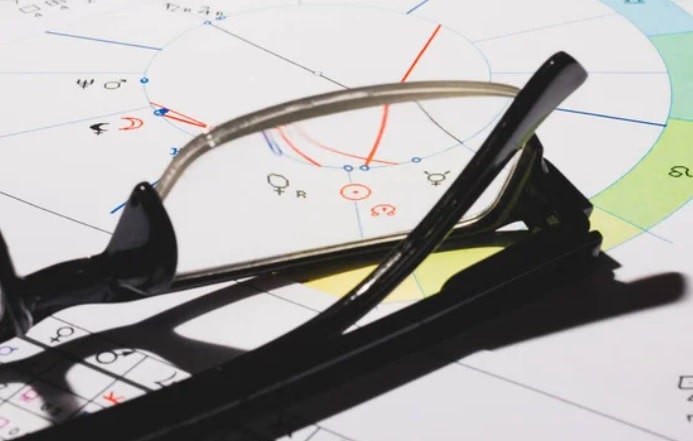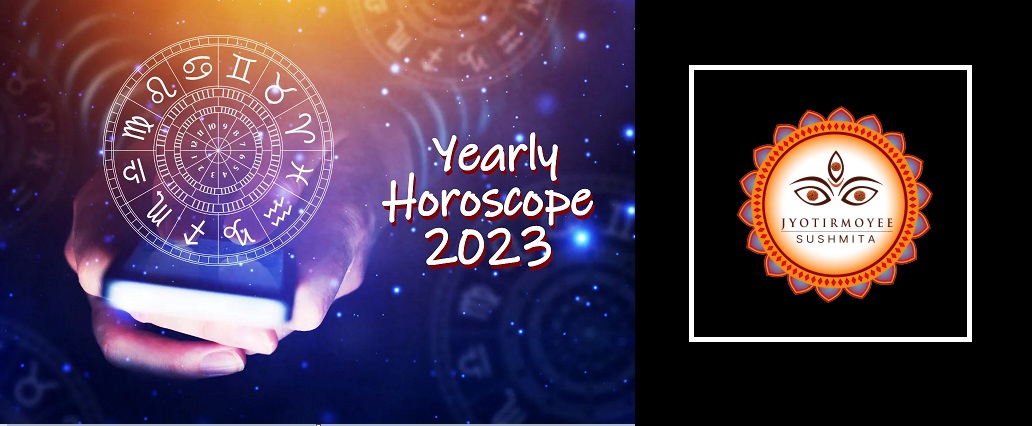As per the best astrologer in Kolkata, astrology is a relationship between the planets in the horoscope as well as the ascendant, Midheaven, Descendant, Lower Midheaven and other astrologically significant points. These aspects are the angular distance between the two points in degrees and minutes of ecliptic longitude as seen from the earth. The aspects reflect the developmental changes and the time of transitions in people’s lives and affairs in relation to the earth.
If an astrologer creates a Natal Chart that shows the apparent positions of the celestial bodies at the time of a person’s birth, and the angular distance between Mars and Venus is 92 degrees ecliptic longitude, the chart will have the aspect, “Venus Square Mars” with an orb of 2 degrees. The more prominent or strong a component is supposed to be informing a character, or manifesting change, the more precise it is.
History and Approach –
It is believed that certain planets and angles are deemed as advantageous or maybe unfavorable in mediaeval astrology. However, these distinctions are less important in modern times. Research on astrological harmonics exemplifies the more modern approach to astrological aspects.
While simple characteristics may be beneficial for increasing opportunities to develop, hard features can be detrimental because they heighten a problem that necessitates adjustment and balancing.
Planets Saturn and Neptune tend to hinder, while planets Uranus and Mars tend to ignite. A solar or lunar eclipse is more momentous. Moon’s North Node represents Karma and Progress, while Moon’s South Node represents intrinsic wisdom that has been gained from previous experiences.
Ptolemaic Aspects –
The traditional major aspects are also referred to as Ptolemaic Aspects because they are defined and employed by Ptolemy in the first century AD. Conjunction, Sextile, Square, Trine and Opposition are the five aspects. Major aspects are those that are divisible by ten and evenly split in regard to 360 degrees.
Kepler’s Aspects –
Johannes Kepler described 13 characteristics in 1619. He characterized them into five levels of influence. He took these symbols from geometric and musical symbol ratios: 0/2. 1/2, 1/5, 1/6, 1/3, 1/12, and also 1/5, 2/5, 12/5, 10, 10/3, 8 and 8/3. The divisors are referred to as n-ile for whole fractions of 1/n and m-n-ile for fractions of m/n. A Semi-n-tile is a 1/(2n), 2n-tile and a Sesqui-n-tile is a 3/(2n) Tri-2n-tile (2n).
Major Aspects
Conjunction is defined as an angle of () 0-10. It is usually defined as an orb of 10 degrees or less. When neither the Moon nor the Sun is present, some astrologers consider it as the orb of 8 degrees to be the greatest.
The importance of conjunctions in a horoscope chart cannot be overstated. Since the effects of planets involved are mutually intensified, they are believed to be the most potent characteristics.
According to the top astrologer in India, a Conjunction can either be good or harmful depending on the planets involved. The combination of Sun, Venus and/or Jupiter and any of the three potential combinations, can form highly favorable Conjunctions. The Moon, Mars and/or Saturn and any of the three potential combinations can form highly unfavorable Conjunctions.
Minor Aspects –
Semisextile –
A Semisextile, which is also known as Duodecile, is a 30-degree angle that is 1/12 of the 360 degrees ecliptic. A maximum orb of 12 degrees is permitted. The symbol is 1/2 a Sextile (60 degrees) and this represents the upper radii of a hexagon with 60 degrees internal angles. It is the most commonly used minor aspect because it is the most visible. It denotes a mental relationship between the planets. Energy progressively increases and potentiates with a Semisextile.
Quinduodecile –
Quinduocecile or Inconjunct is a 150-degree angle or 5/12 of the 360-degree ecliptic. An orbit of 3.5 degrees is allowed depending on the planets involved. The symbol represents the bottom radii of a hexagon, which are 1/2 a Sextile (60 degrees) less than a semicircle and have 60 degrees internal angles.
Quincunx :
The Signs, Houses and Planets involved in a Quincunx can all be used to interpret it. It is possible that different aspects of your life which are not often in contact will come together. The planets in different house quadrants may be quite far. If a third planet triangulates a Quincunx in a crucial aspect, then the result might be dramatic.
Keyword for Quincunx includes Mystery, Imbalance, Resourcefulness, Karma, Creativity, Wit and Unpredictability.
Oppositions:
Oppositions occur when planets are entirely opposite of each other in the zodiac wheel. According to the top astrologer in India, the opposition takes place when two planets are in opposing signs or on opposite sides of the axis. Planets can collide when they are in opposition to each other.
Their needs, ideals and desires can appear to be diametrically opposed to their placement. Hence, by attempting to strike a symbiotic equilibrium between the planets’ energy, we can make an opposition function as well.






